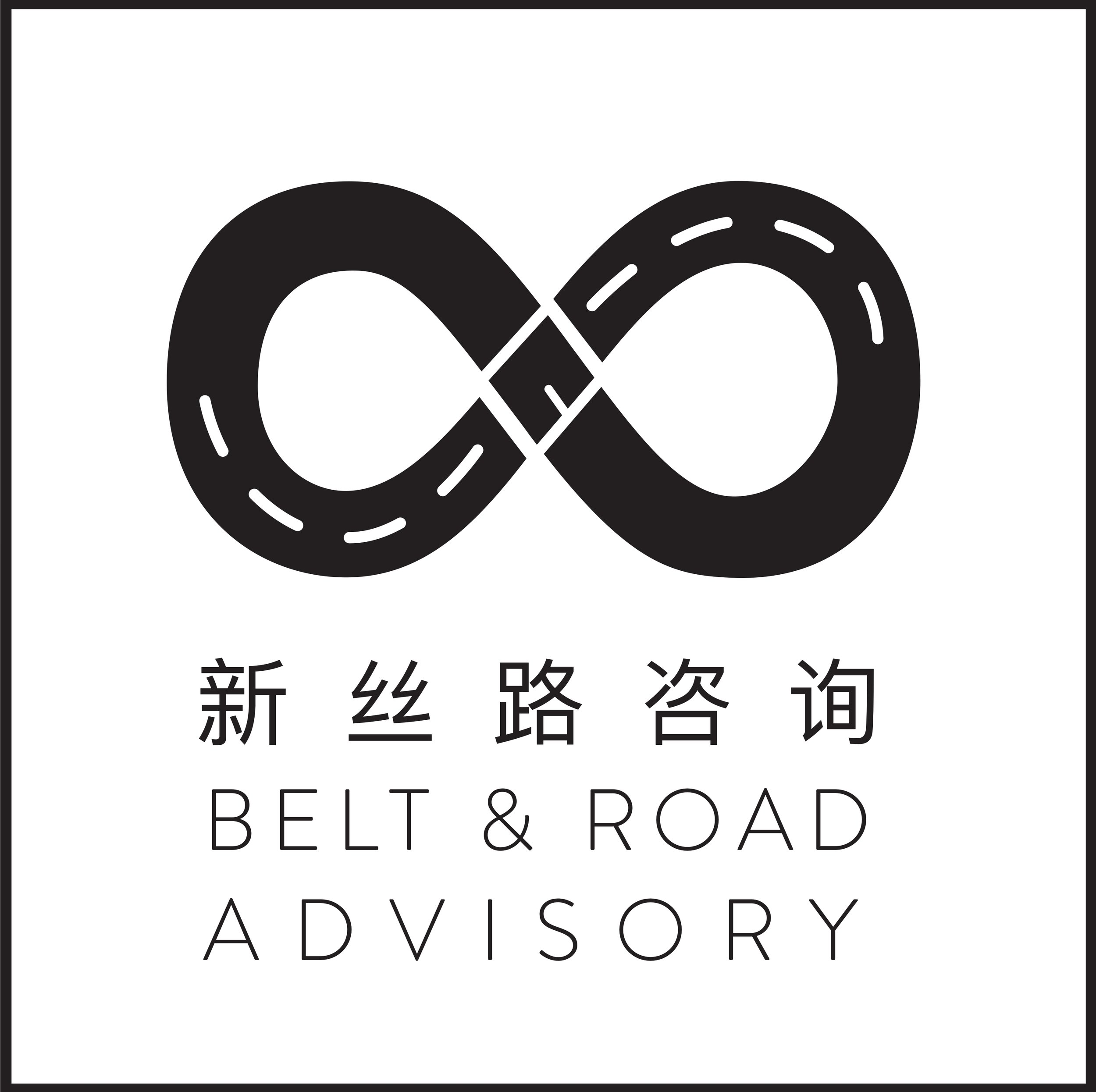Fact Check - China opens up the Belt and Road to third country involvement
The Belt and Road Initiative (BRI) has just turned five years old. With each year it has grown larger, become more noticeable but has also faced more scrutiny. The growing concerns revolve around the openness and transparency of the initiative, the standards employed in projects, and the accrual of debt. As with many aspects of BRI, our belief at Belt and Road Advisory is that sweeping statements like these are unhelpful and fail to appreciate the subtleties of BRI across different countries, sectors and projects. For international businesses, understanding these subtleties is key to benefiting commercially from the BRI.
Without entering a debate about the accuracy of these concerns, the point we want to make is that perceptions matter as much as realities. Up to now, despite intensified positive branding efforts, China has failed to push aside perception problems around the BRI. When one actor – unaccountable to a higher authority - is leading an initiative of this magnitude, this kind of criticism was inevitable by design. While the comparison of BRI to the Marshall Plan has shortcomings, it is worth noting that the latter also faced significant criticism at the time of its launch. Soviet Foreign Minister Molotov stated Soviet fears at the Paris Peace Conference in October 1946; “If American capital was given a free hand in the small states ruined by the war it would buy up the local industries, appropriate the more attractive enterprises and would become the master in these small states.” As such, for BRI to be a success, it needs to find a way to reduce this perception problem. The alternative is that countries become increasingly reticent about engaging with China and the BRI.
In this file photo, the ambassador of Saudi Arabia to Islamabad, Nawaf bin Said Al-Malki, met Pakistan's prime minister Imran Khan at his residence in Bani Gala, Islamabad, July 27, 2018. Saudi Arabia has recently joined CPEC and pledged $10 billion of investments.
Source: @PTIofficial/Twitter
In recent months, China has started to realize the significance of this perception problem. The response seems to have been threefold: 1) aggressively rebutting the concerns especially around debt, 2) focus more on the positive branding of BRI particularly in international fora (e.g. FOCAC held in Beijing in September 2018), and 3) making projects more transparent and open, initially through pilots.
We want to focus on the third of these responses; it is the only one in which changes are actually being made to the BRI projects to improve perception. It’s also a fairly new development, with China showing signs of engaging new partners in BRI projects in the last six months. The first sign came with a proposal to build a joint Japanese-Chinese BRI project in Thailand. Japanese Prime Minister Shinzo Abe’s stance on China’s BRI has evolved from reticence to acknowledging the potential synergies, and in May 2018, the Japan Bank for International Cooperation proposed that a joint Japan-China consortium build a high-speed railway system in Thailand. If the project goes through, it would be the first time contractors from both countries work together on an infrastructure project in a third country. Both governments plan to establish a public-private council to discuss common infrastructure projects. China has also proposed to work with India on projects in Africa – in a so-called “India-China-Plus One strategy”. The details are still being worked out.
Even more recently, Saudi Arabia has been invited to participate through joint financing in the China-Pakistan Economic Corridor (CPEC). The arrangement is worth around $10 billion, with three road and energy infrastructure projects already pencilled in for Saudi Arabian financial contribution. Saudi Arabia will also contribute their expertise and help to turn the flagship CPEC port project of Gwadar into an oil city.
The fact that China has started to pilot third country involvement in its BRI projects is a welcome development. China has often come under criticism for not being inclusive in welcoming other countries’ financiers or contractors. Opening up projects like this also mirrors the desires of the developing countries receiving BRI funding who want greater diversification of partners and prevent over-reliance on China. For example, Myanmar’s Commerce Minister said that international companies should be invited to take part in Belt and Road-related projects and that the tender process should be more transparent. Given China’s competitive construction industry, the likelihood is that Chinese firms would still win projects put out to open tender, however the important aspect is that international firms would be allowed to compete. More broadly, the developing world’s infrastructure demands far exceed the financing capabilities of the Chinese state and its enterprises. For the BRI to have far-reaching impact, it needs to also catalyze new sources of capital into developing country infrastructure. Through both open tender processes and a willingness to jointly finance projects, China would quell perceptions that the BRI lacks transparency and inclusivity.
Yet, a pilot remains a pilot and unless it is rolled out more widely. For China to definitively reduce the perception problem around BRI, these pilots need to be accelerated. If the pilots turn out to be little more than symbolic actions, then the concerns around BRI – whether right or wrong – will only continue to grow.

